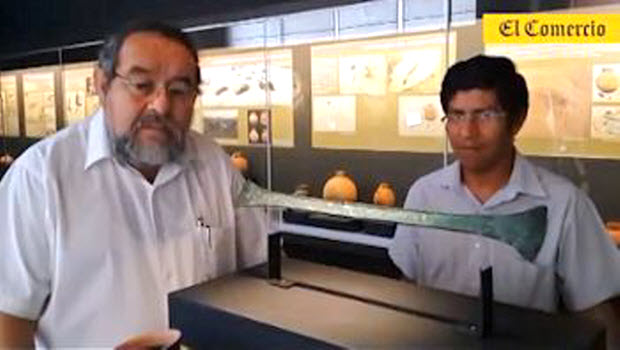
Free exhibit of ancient artifacts from El Chorro tombs
Back in October 2009, Walter Alva, the preeminent archaeologist of Northern Peru, decided to focus his attention on the El Chorro archaeological zone, with little expectation of making any significant finds, according to daily El Comercio.
The site, located in Pomalca, seven miles (12 kilometers) from Chiclayo had been overrun by scores of squatter families, and thoroughly pitted and sacked by the looters Alva has spent his long career battling against.
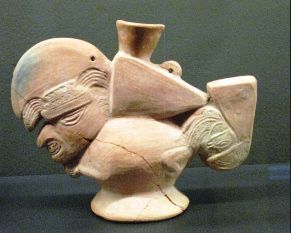 But much to his team’s surprise, within two months they were able to identify and excavate 33 intact tombs filled with artifacts of ceramic, wood, bone, textiles and metal, including some of the earliest known copper metallurgy from that region of Peru.
But much to his team’s surprise, within two months they were able to identify and excavate 33 intact tombs filled with artifacts of ceramic, wood, bone, textiles and metal, including some of the earliest known copper metallurgy from that region of Peru.
Of the roughly 600 artifacts recovered, 127 went on display last week for a free, two-month exhibit in Royal Tombs of Sipan Museum in Lambayeque.
The occupants of the ancient grave site included important dignitaries, a child and even a dog, ceremonially buried during an overlapping period from the latter years of the Vicus culture through the rise of the Moche civilization.
“The discoveries are between 2,000 and 2,200 years old,” said Alva, the museum’s director. “We found ornaments, weapons and tools that are status symbols, and are related to productive activities.”
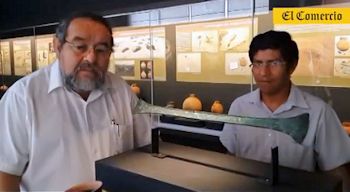
“This piece of copper is a mystery because one end is shaped like a knife and the other resembles a production tool,” he said. “It could have been used as a weapon, it could have been used as a tool, or both … It has a strong ingredient of style linked to the styles of Ecuador and Colombia. It may have been a piece that was imported.”
The archaeologists also unearthed dozens of other copper objects, including spear points and rustic triangular “tumi” knives. Among the ornament gilded copper was nose ring, which the scientists say they are sure is not native to Peru. It, too, is believed to have possibly been produced in Ecuador or Colombia and brought to Peru on an ancient trade route.
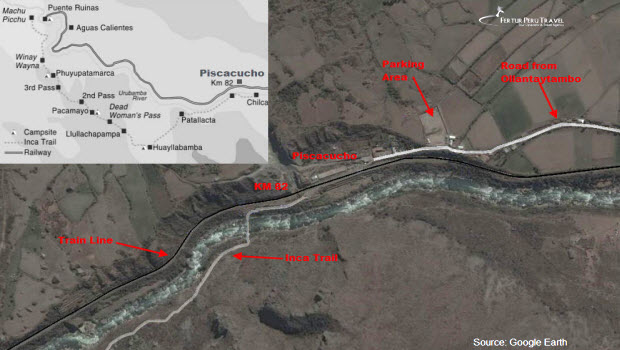 April 1 reopening of Machu Picchu could be a rough ride
April 1 reopening of Machu Picchu could be a rough ride  UNESCO chief tours Machu Picchu and lauds the beautiful experience
UNESCO chief tours Machu Picchu and lauds the beautiful experience 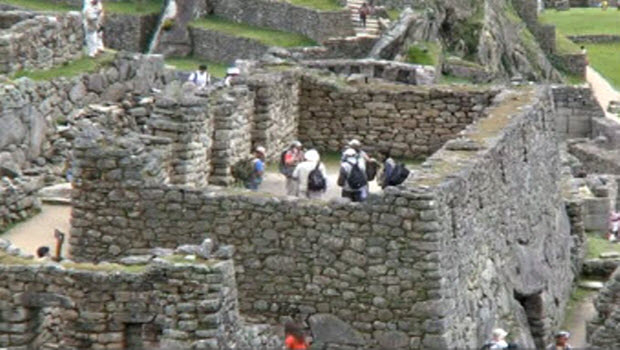 Peru rejects French explorer’s bid to dig up evidence of Machu Picchu Inca tomb
Peru rejects French explorer’s bid to dig up evidence of Machu Picchu Inca tomb 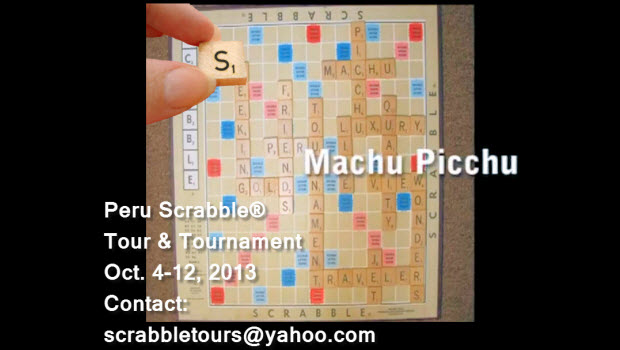 Peru Scrabble® Tour & Tournament Oct. 4 – 12, 2013
Peru Scrabble® Tour & Tournament Oct. 4 – 12, 2013 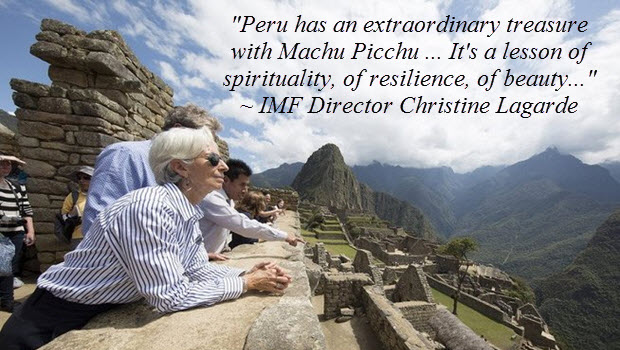 Machu Picchu offers a lesson of spirituality, resilience & beauty, says IMF chief
Machu Picchu offers a lesson of spirituality, resilience & beauty, says IMF chief 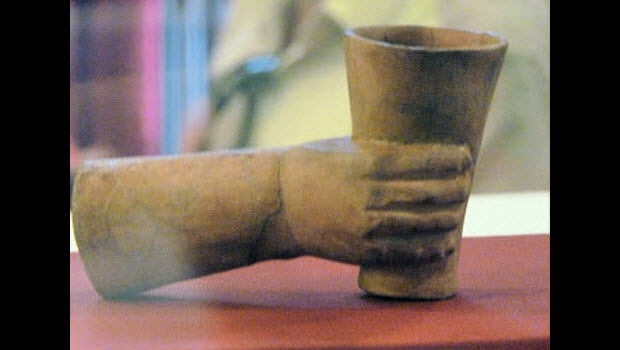 Yale returns final shipment of Machu Picchu artifacts to Peru
Yale returns final shipment of Machu Picchu artifacts to Peru 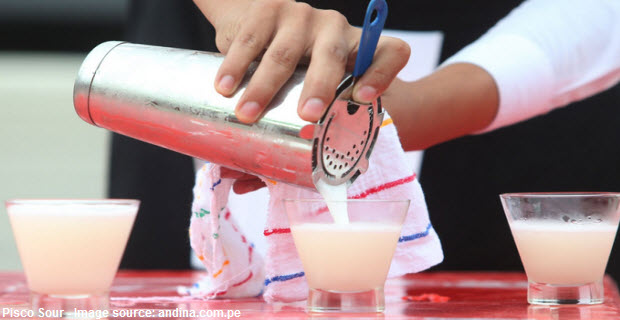 Congress curbs booze ban during Peruvian elections
Congress curbs booze ban during Peruvian elections 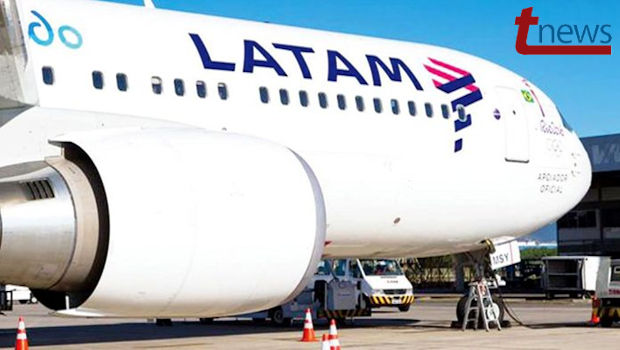 LATAM abandons discriminatory fare policy for foreign visitors to Peru
LATAM abandons discriminatory fare policy for foreign visitors to Peru